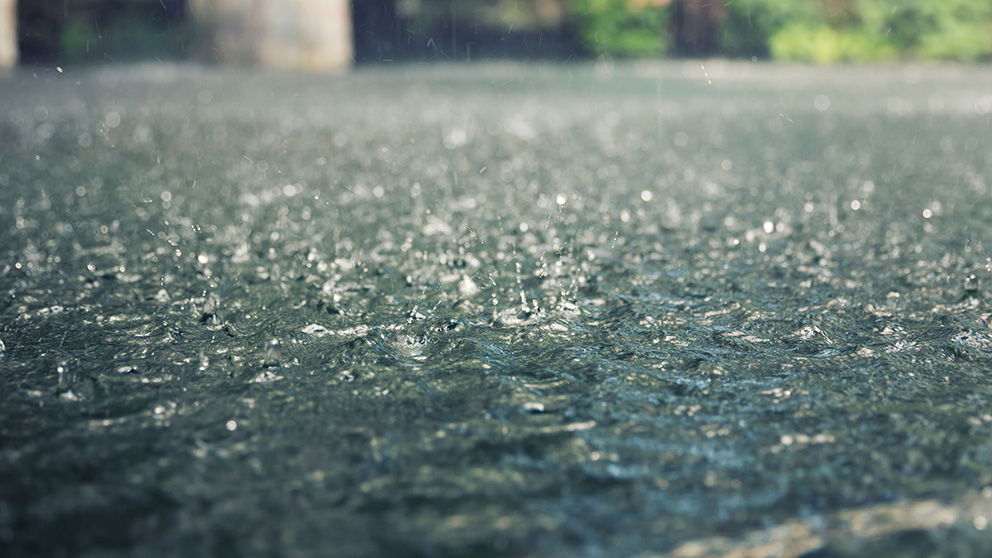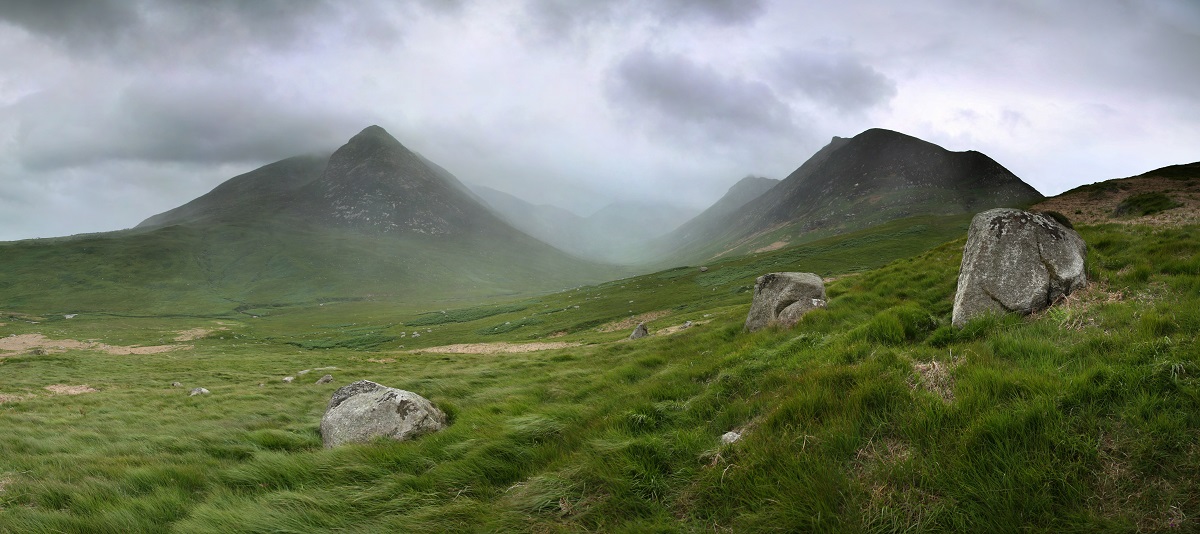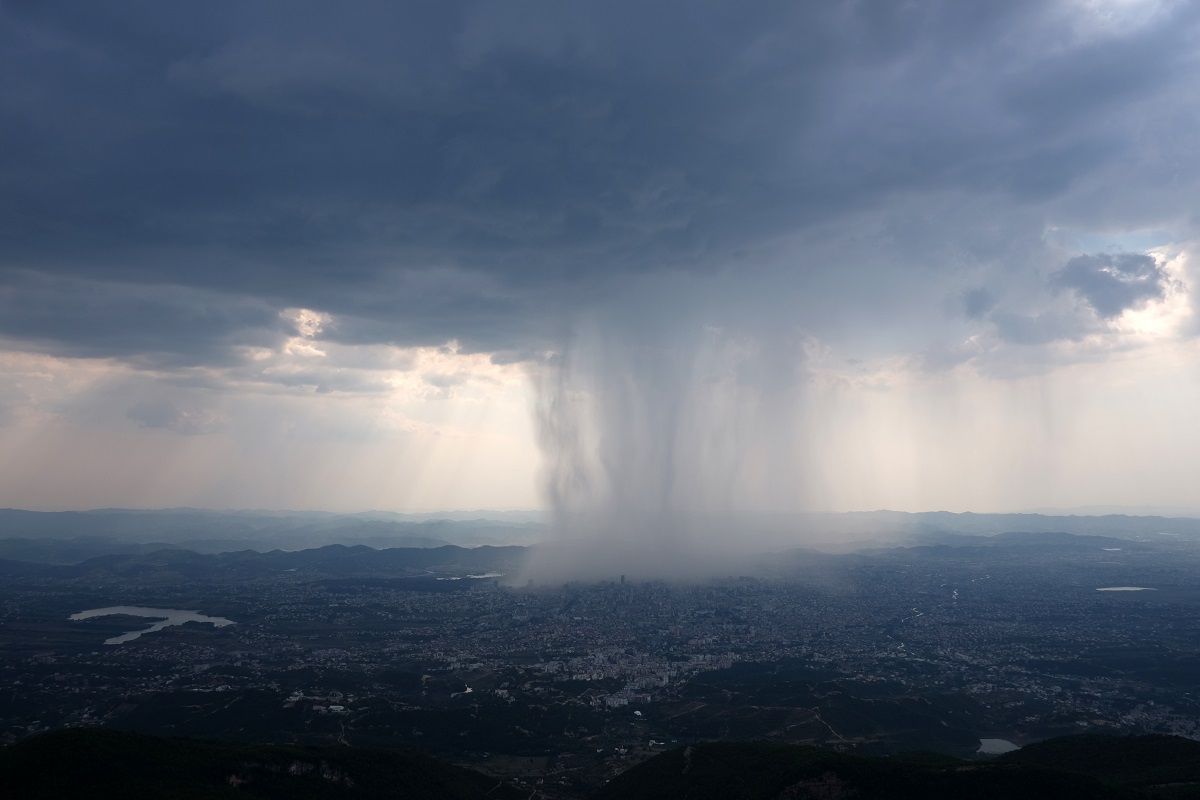What are the different types of rain?
Find out what rain is and the different types it can take.
Rain is classified according to how it is generated, with three main types of rainfall:
Frontal rain
This is when cold air meets warm air in a ‘weather front’. Warm air rises, so when it bumps into the cold air, it rises above it. However, like when you’re climbing a hill, the higher you go up in the atmosphere, the colder it is. So the warm air that has risen up in the atmosphere now begins to cool down. As a result, the water vapour (a gas) condenses into water (a liquid), forms a cloud, and eventually falls as raindrops.
This type of rain can happen anywhere in the UK, and usually brings grey overcast skies and persistent rain through a large portion of the day.

Orographic rain
When the wind pushes air towards a hill, it is forced upwards, as it cannot go inside the hill. When it reaches the top of the hill it cools down (as the air higher up in the atmosphere is colder), and if it has enough moisture, the water vapour (gas) will condense into water (a liquid) form a cloud and eventually fall as raindrops.
This is why we tend to see more rain on the hills than anywhere else.

Convective rain
This is when the Sun shines on the ground and heats a shallow layer of air close to it. This air is now warmer than the surrounding air, so it rises up in the atmosphere (warm air rises). The higher you go up in the atmosphere, the colder it is. So the warm air that has risen up in the atmosphere now begins to cool down. As a result, the water vapour (a gas) condenses into water (a liquid), forms a cloud and eventually falls as raindrops.
This type of rain is also known as showers and usually produces smaller areas of rain, which is why on some days you may get a downpour, whilst a neighbouring village may have stayed dry. This is the type of situation where you will have rain on and off through the day, with sunshine in between and it seems like the weather cannot make its mind up!
The reason that showers are much smaller in size, and much more unpredictable is because the ground surface varies greatly across the UK. This means the air close to the ground is heated at different rates, which is why the showers can pop up anywhere, and be blown around in different directions by the wind. If, for example, there is tarmac on the ground (a darker surface) this will heat the air more quickly than a lighter surface (such as grass) or one made of water (such as a lake).






